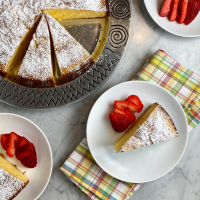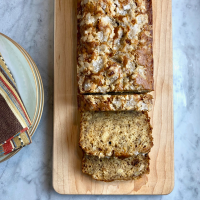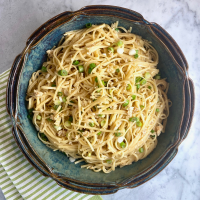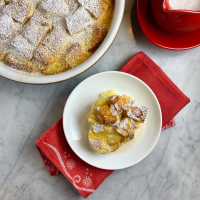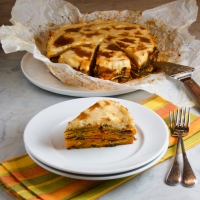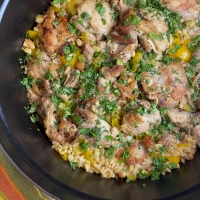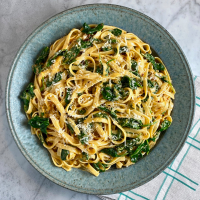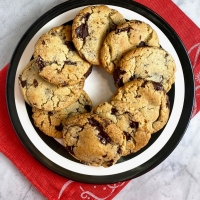
I have one more late summer corn recipe to share. This dish is not only a one-pan meal, it was quickly prepared as well. The original recipe notes that defrosted frozen corn could even work in a pinch.
The recipe was adapted from the New York Times, contributed by Yossi Arefi. I modified the method. I served the shrimp and corn over brown Basmati rice with green salad on the side. Fresh and light.
Yield: Serves 4
- 1 pound large shrimp (preferably tail-on), peeled and deveined (I used 21-25 count)
- 2 tsp ground coriander
- Kosher salt and freshly ground black pepper
- 1/4 cup freshly squeezed lime juice, plus 2 teaspoons lime zest (from 2 limes)
- 4 lime wedges, for garnish, optional
- 2 T thinly sliced basil or mint, plus more for garnish
- 1 teaspoon honey
- 2 garlic cloves, finely minced
- 1 jalapeño chile or 1/2 Fresno chile, finely minced, seeds and ribs removed, if desired
- 6 T extra-virgin olive oil, divided
- 3 cups fresh corn kernels (from about 4 ears)
- Pat the shrimp dry, then toss with the coriander and a sprinkle of salt and pepper. Let sit while you prepare the dressing.
- To Make the dressing: In a 2-cup measuring cup, combine the lime zest, lime juice, basil or mint, honey, garlic, chile, 1 teaspoon kosher salt and 4 tablespoons of olive oil. Whisk until well combined and emulsified.
- Heat a large nonstick skillet over medium to medium-high. (I used a 12-inch carbon steel skillet.)
- Add 2 tablespoons olive oil, then add the shrimp in an even layer. Cook the shrimp until pink and just cooked through, about 2 minutes on the first side and 1 minute on the second side. Remove the shrimp to a plate.
- Over medium heat, add the corn to the pan. Season with salt and pepper, and cook the corn without stirring until it begins to brown on one side, about 1 to 2 minutes. Give the corn a stir and cook for another minute.
- Add the shrimp back to the pan, along with 2 tablespoons of the dressing, and stir to coat everything in the dressing and to rewarm the shrimp.
- Transfer to a serving platter, drizzle with more dressing, and garnish with more basil or mint. (I placed the rice in the bottom of the serving bowl.)
- Garnish with additional basil or mint. Serve with lime wedges, as desired.
Note: If using frozen corn, defrost and pat dry prior to cooking.











